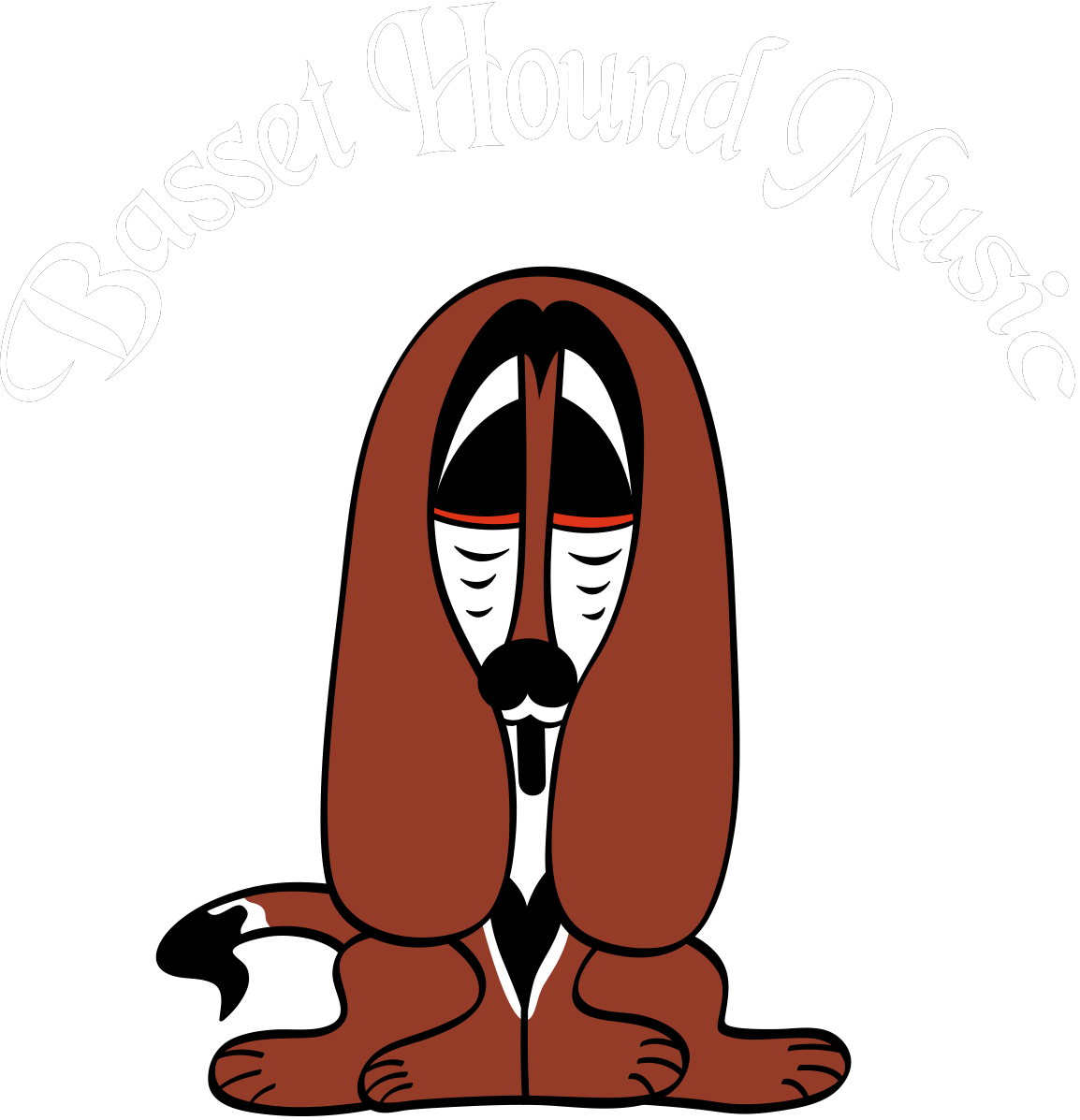In 1996 R. Winston Morris and Edward Goldstein published the first edition of the Tuba Source Book. It was a monumental effort to compile complete lists of all music written for tuba by category, composer, publisher and recordings. It produced thousands of entries of all the music they could find at the time and has become the best and most complete source of tuba literature. Dozens of scholars participated in the compilations. The editors wanted the book to be more than music lists and asked a few musicians to write articles on related topics of interest to tuba players. I was asked to write a chapter on Doubling for Tubists. It is a lengthy report from my many years a freelance tuba player and doubler and reflects only my observations and opinions.
After many years there had been hundreds of new works to add to the book and a second edition was printed in 2006. This volume unfortunately kept to a more scholarly record of the literature and several of the ancillary chapters were not reprinted. My chapter was one of those.
Both Winston Morris and I agreed that these chapters should not be lost to history. So, with the permission of the publisher, Indiana University Press, I am reprinting the Doubling for Tubists chapter here on my web site for others to read and hopefully gain some insight into the doubling needs of tubists.
Please keep in mind that this was written over 15 years ago and the music world continues to change. All things are still relevant but emphasis on certain instruments and certain doubling requirements for the professional may have changed. Studio work has vastly changed with the cimbasso being far more important double than bass trombone.
I encourage tuba players, students and teachers everywhere to buy copies of the Tuba Source Book. It should be a part any serious library of works for our instrument.
Jim Self
10/5/10
Errata:
(There is one significant error in the original text that I will point out here)
- Near the end of the second page (page 524)
The sentence beginning “Tuba players usually use a small tuba for these parts, but for some of the more aggressive Verdi operas such as Aida and Don Carlos, a true cimbasso would be the ideal”—should read
”For some of the more aggressive Verdi operas such as Aida and Don Carlos, a small tuba might be the better choice”.
